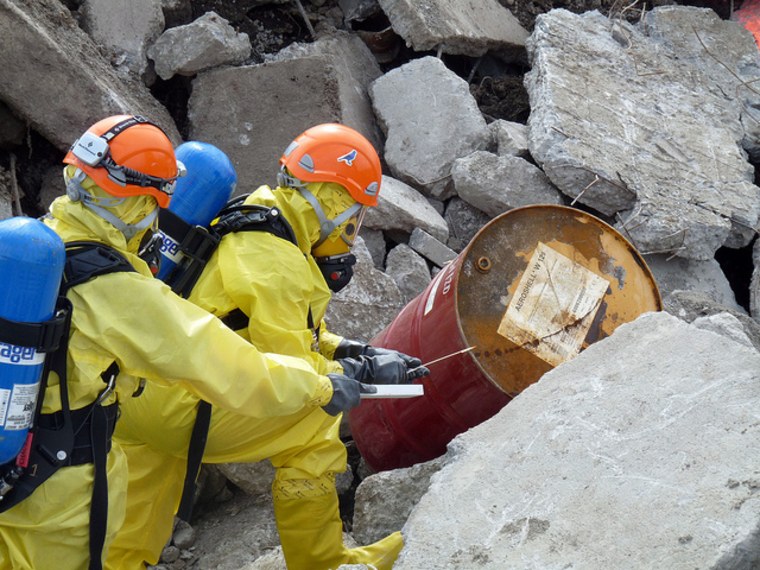One of the first things to disappear in the wake of a major disaster is reliable communication. Without access to cell phone service or the Internet, it's difficult for first responders — or anyone who wants to help out — to speak with each other. And while satellite phones work in these situations, they're too expensive for many first responder organizations to purchase en masse.
Now, researchers from Georgia Tech College of Computing claim to have developed a cheap, easy solution: LifeNet, a piece of software that allows people to communicate after disasters, even if landlines, cell phone networks and the Internet are all down.
"It's just a piece of code that you can have on your laptop or phone. Once you have the software, the computers can communicate with each other, and you don't need infrastructure," says Santosh Vempala, the Georgia Tech computer science professor in charge of the project.
Any device that has LifeNet installed acts as both a host and router for the network — meaning the software can route data both to and from any other LifeNet-enabled device. You can read more technical details here.
A group of people using the software can all communicate with each other (texting is the easiest way), but if even one person on the network has access to the Internet, everyone else can access it, too — though the connection probably wouldn't be strong enough to do any powerful surfing, like stream video. And if one user has a satellite phone, the whole network can use its services.
There's just one catch: Users have to be within range of each other. Outdoors, this could mean up to a kilometer. Indoors, users may have to be as close as a few hundred yards. But as Vempala notes, "you could have a line of people on this network that are spaced 100 yards apart, and the line could go as long as you want."
Hrushikesh Mehendale, one of Vempala's former graduate students, plans to bring LifeNet to market. The software will be free, he says, but users will have to pay for specific applications (i.e. text messaging). Still, the cost will be cheap compared with satellite phones, which cost up to $600 a pop and charge 50 cents per text.
Vempala and Mehendale have already tested LifeNet with the FAA, which found that it was able to run all of its operations on top of the network. The researchers also recently partnered with the Tata Institute of Social Sciences in India, which will help deploy the service in communications-poor areas that have been hit hard by recent cyclones.
And the software isn't just useful in disaster situations. It could also be used in any region that lacks a reliable communications infrastructure. "The next thing is to get real users. We plan to find critical scenarios where we identify real need," says Mehendale.
Reach Ariel Schwartz via Twitter or email.
Related stories:
